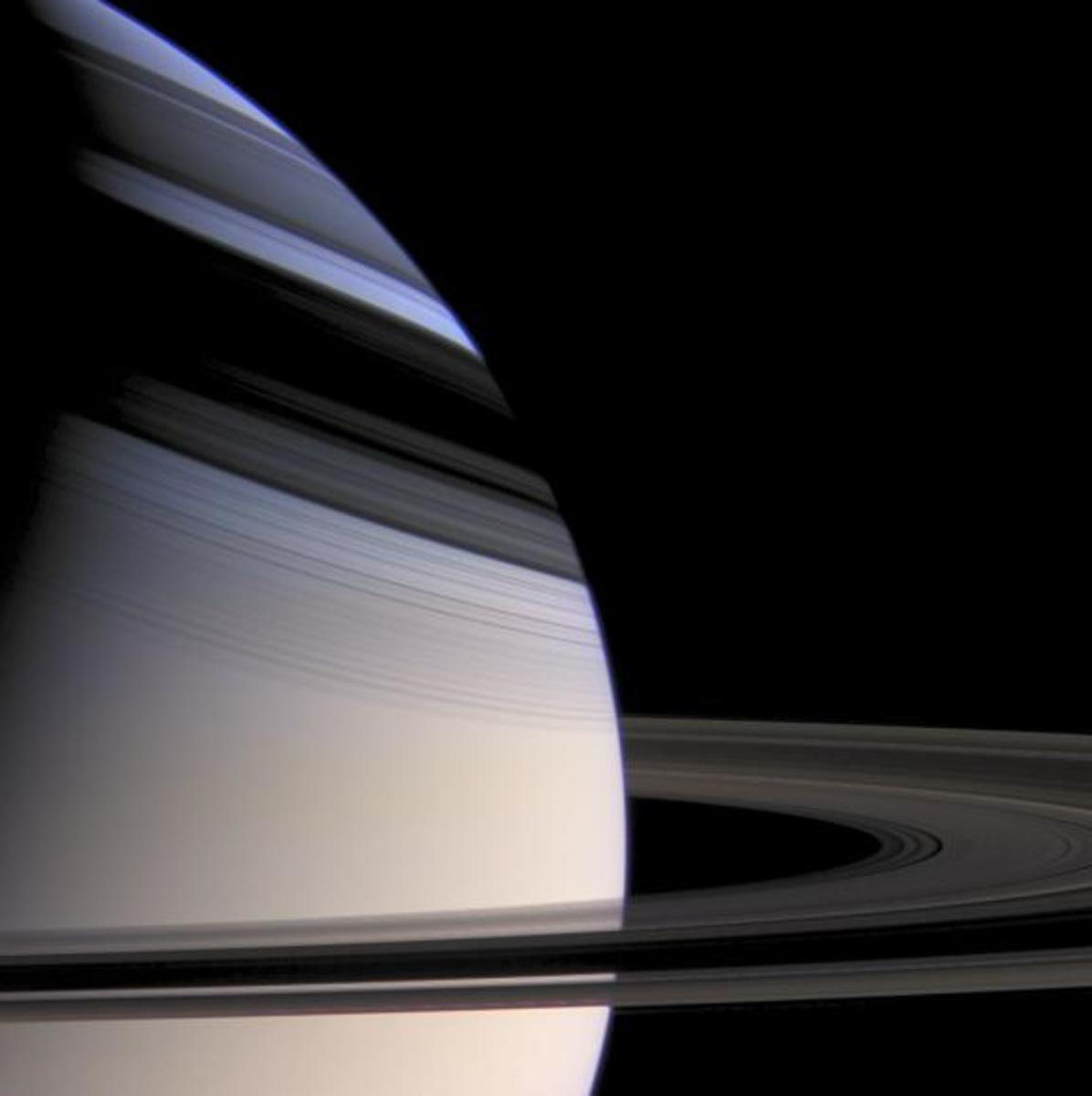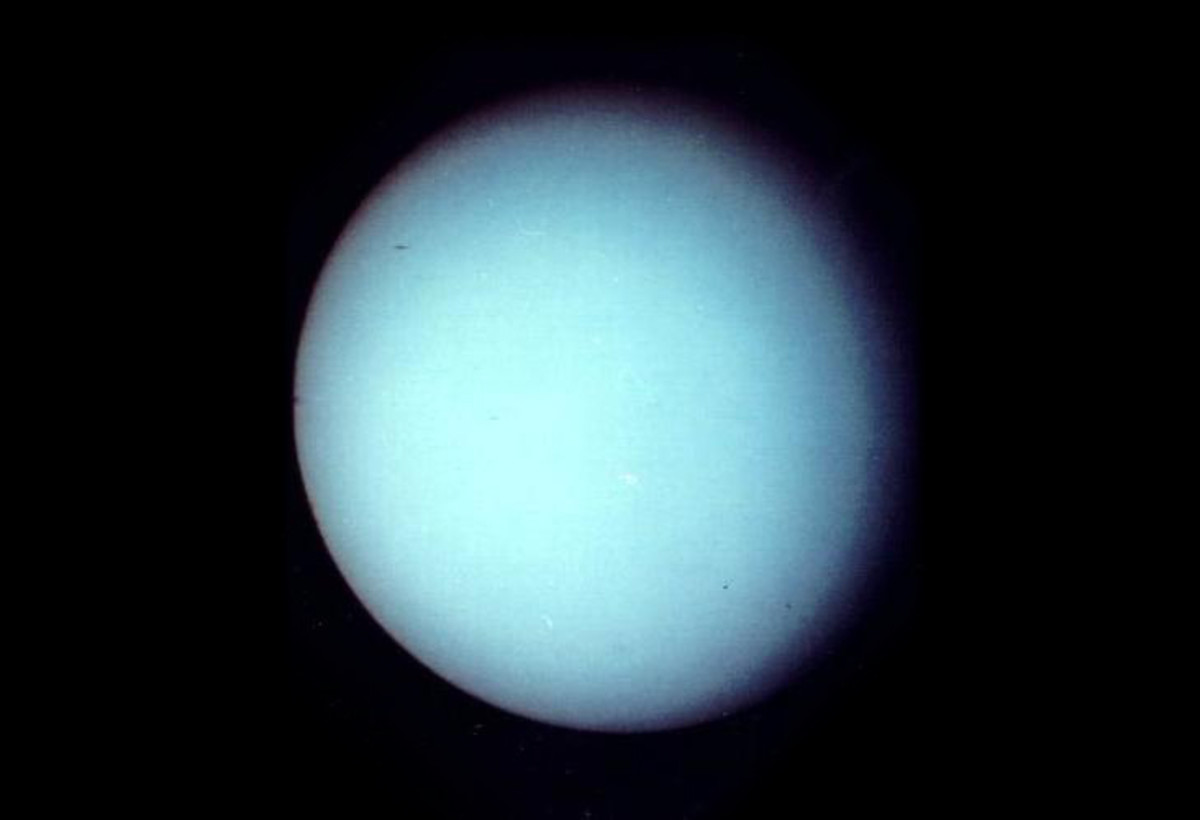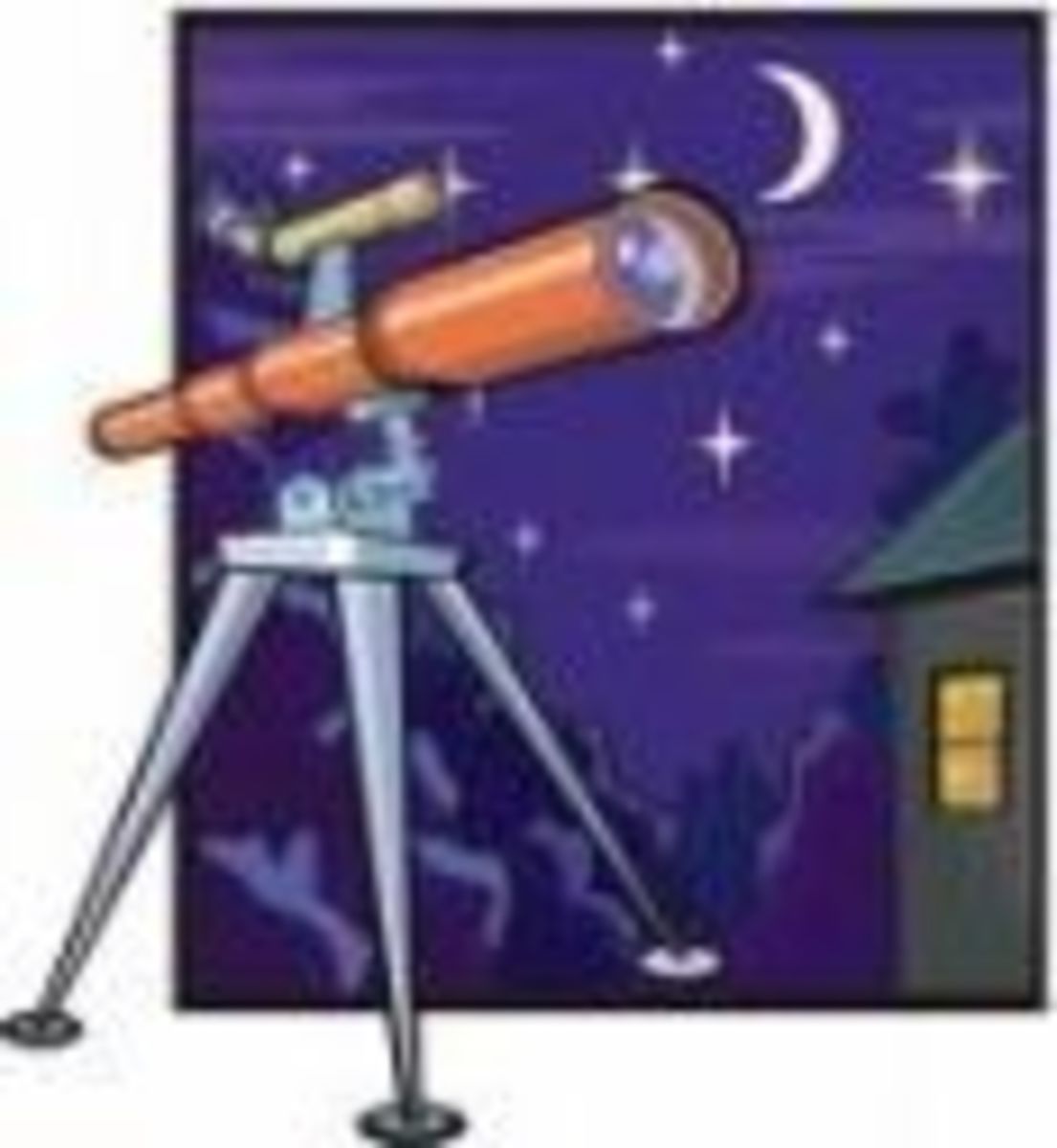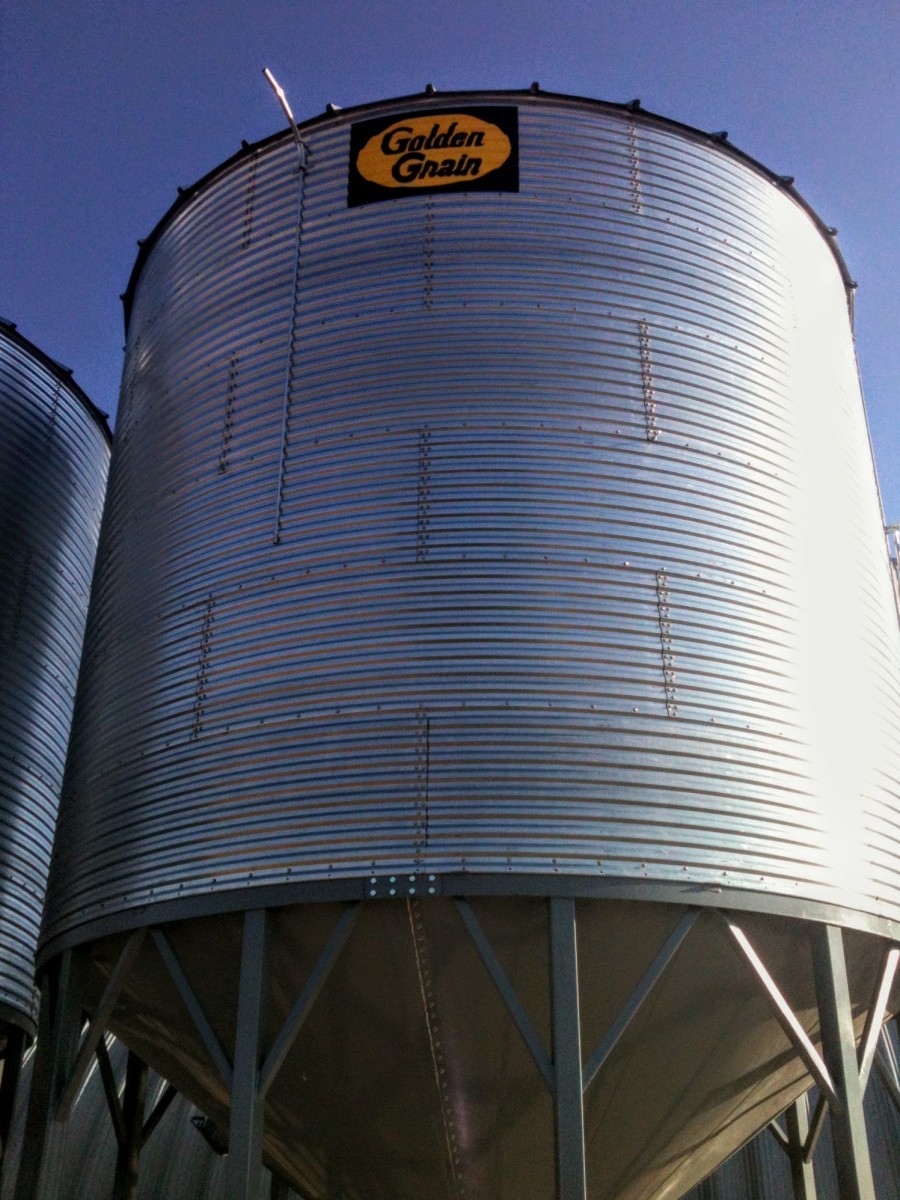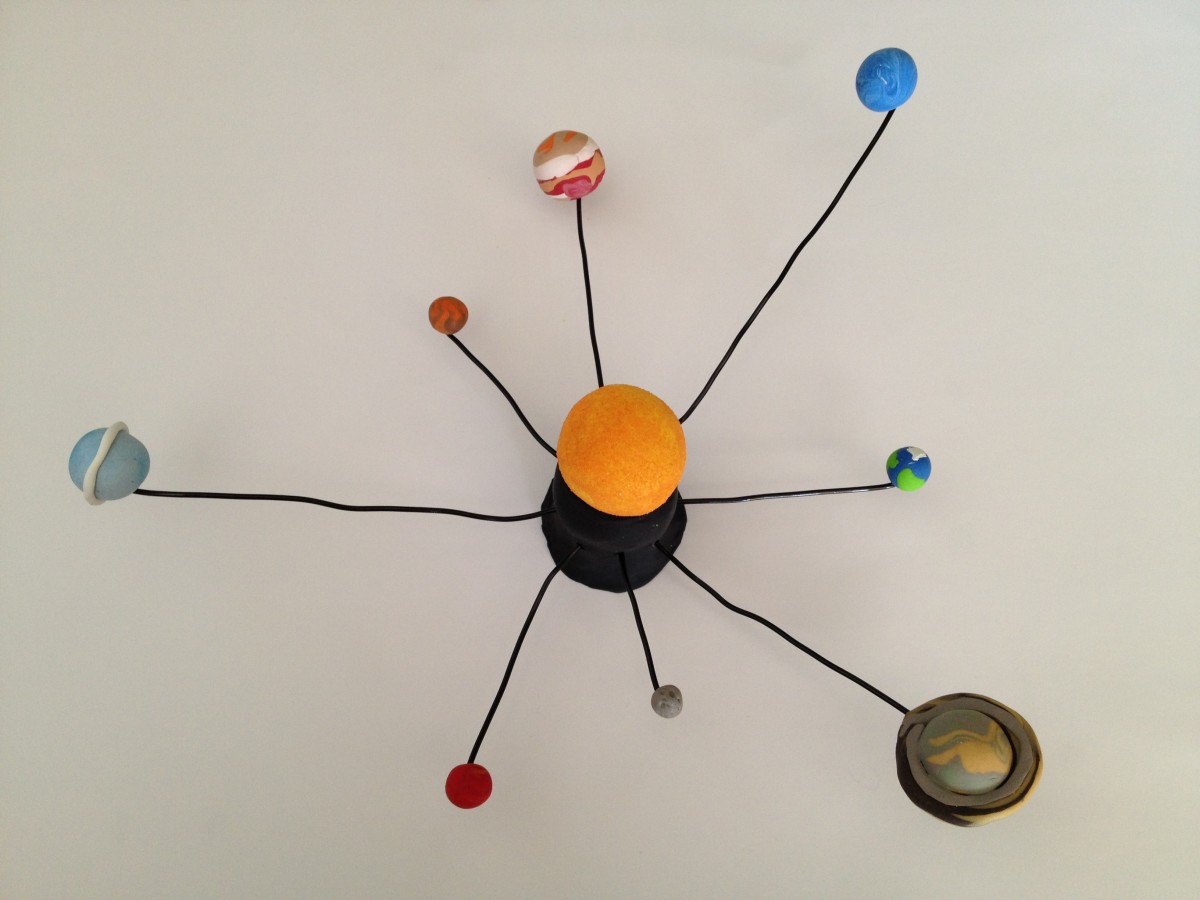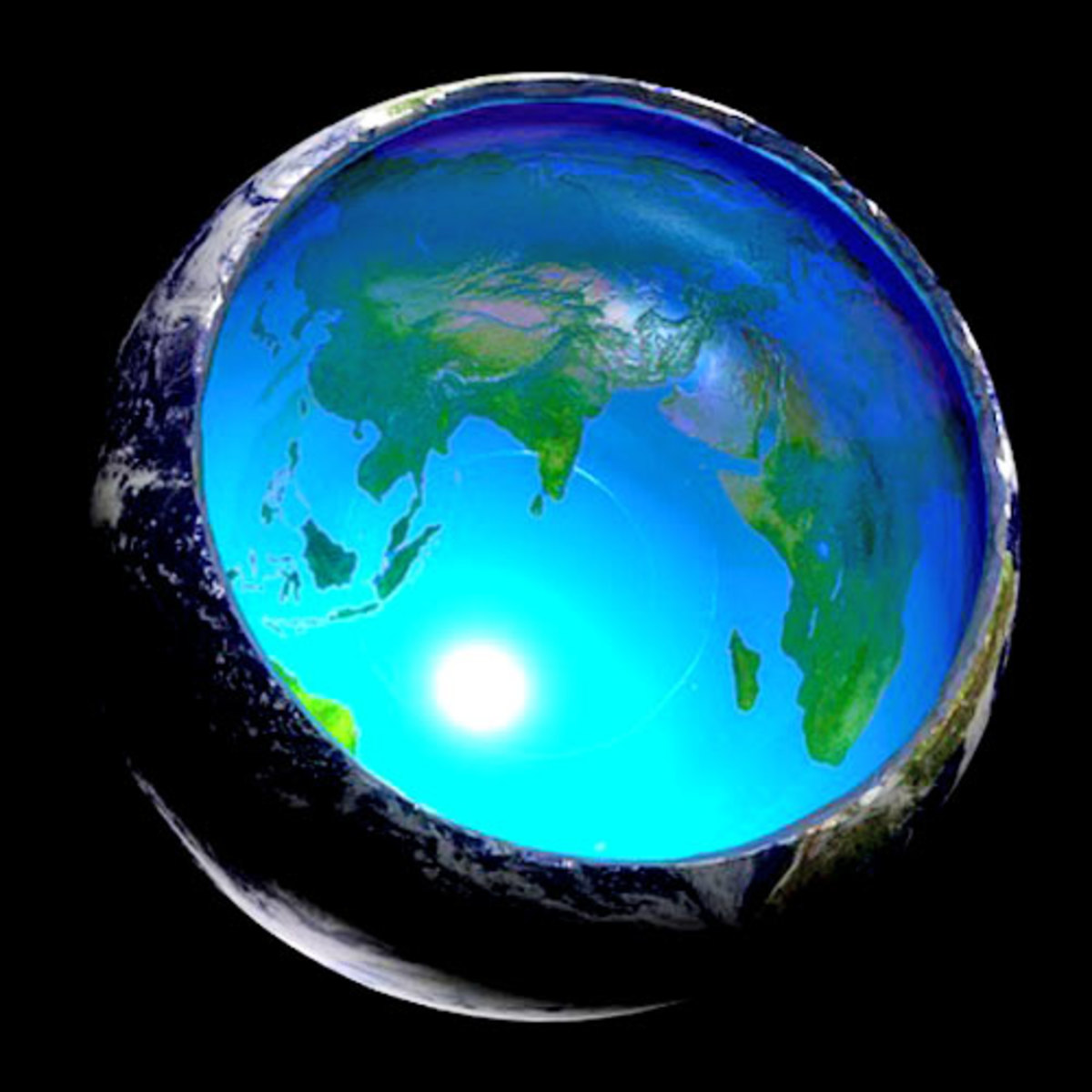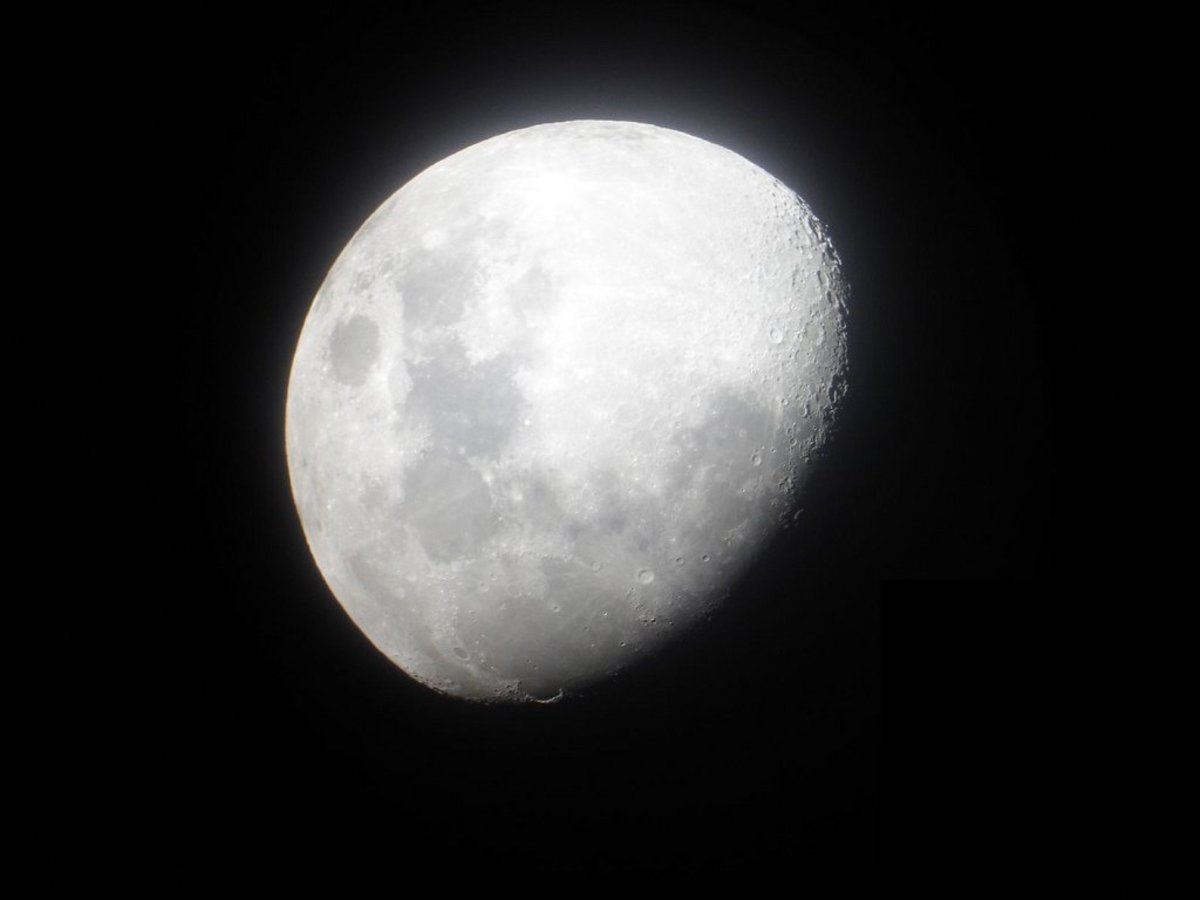Ring Systems Abundantly More Common
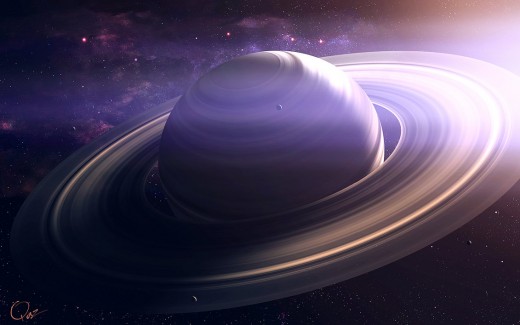
Saturn
We all know about Saturn and it's wondrous glory. The rings on Saturn are made of ice and dust, which probably derived from it's moons during meteorite impacts and act as a replenishing mechanism. "Saturn's rings were first discovered in the 1600's, when Galileo discovered the haze surrounding the outer gas giant, but he was unsure as to what it was. Christian Huygen figured out they were planetary rings in 1655. Since the discovery of our ringed planet, we have been in awe. But what caused these rings? Many scientists hypothesize that Saturn's rings were formed when large objects (presumably at least one to two moons, relatively medium to large in size), fell into Saturn. As the object was being drawn inward by Saturn's immense gravitation pull, it began to break apart into billions of smaller pieces, which then fell into orbit with Saturn and began to form the icy rings that we see today." --cited from a previous article I had written, which you can find HERE.
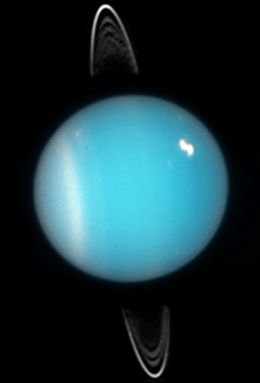
Uranus
The planet Uranus was discovered to have a ring system March 10, 1977, by James L. Elliot, Edward W. Dunham, and Jessica Mink. It consists of 2 sets of rings, the inner and the outer. A total of 13 rings have been discovered, which are likely composed of larger particles, rather than dust, these particles are much larger in diameter and would be categorized as "ice boulders." The rings of Uranus are much darker in comparison to Saturn and yeild a blue-ish tint, which has been associated with Uranus's blue-ish moon, Mab, and it's impacts over millions of years.
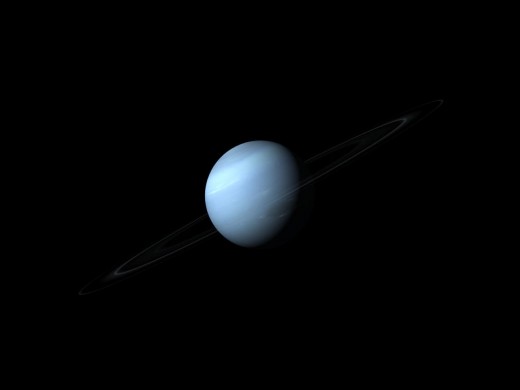
Neptune
Neptune was first discovered to have a faint set of rings, five rings in total, in 1984. These five rings were named after astronomers that contributed crucial research on the planet; Galle, Le Verrier, Lassell, Arago, and Adams. Very little is known about the composition of the rings, but they're presumably made up of small rocks and dust and are not the same thickness all the way around.
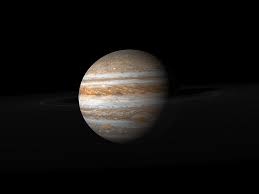
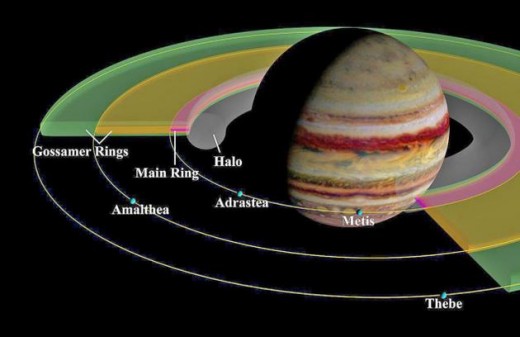
Jupiter
Jupiter's ring system was the third to be discovered within our solar system. They were discovered in 1979 by the Voyager 1 space probe. Jupiter is known to have 4 sets of rings: the halo ring, the main ring, the Amalthea gossamer ring, and the Thebe gossamer ring. The dust is continuously being removed from the main ring by electromagnetic forces from the Jovian magnetosphere. Transient materials, such as ices, evaporate rapidly. The life span of dust particles in the ring ranges from 100 to 1000 years,so the dust must be sequentially replenished in the collisions between large bodies and between the same large bodies and high velocity particles coming from outside the planetary or Jovian system.
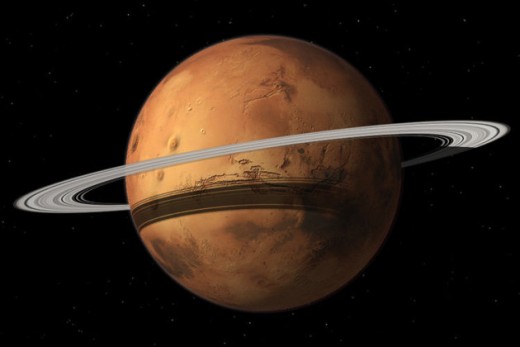
Maybe Mars?
Mar's largest moon, Phobos, possesses an inward-moving orbit that appears to place it in a calamitous path towards the planet as it's gravity pulls it closer. In an event, theoretically, similar to how Saturn and the other outer planets acquired their ring systems, the moon could dismantle and the gravitational force would pull these fragments into orbit. Of course if this were to happen, it wouldn't be for 20-40 million years.
What Does It Mean?
We can hypothesize that since ring systems have been discovered to be so common among our own solar system, that it is highly plausible that many more of these ringed planets exist in other solar systems. In fact, to date we have discovered one outer ringed planet, J1407b, which lies roughly 400 light years from us. It was the first of its kind to be discovered outside of the solar system in 2012. More than 30 individual rings have been ovserved and each are millions of miles in diameter, that's 200 times larger than Saturn's. This intricate ring system is so massive that it eclipses' it's parent star, blocking 95% of the stars light for days at a time. Also, not too dissimilar to Saturn, between each coextensive ring are evident voids of space that indicate the presence of moons. Saturn's 'shepherd moons' continue to shape it's rings today, the moons of J1407b likely serve the same purpose.


